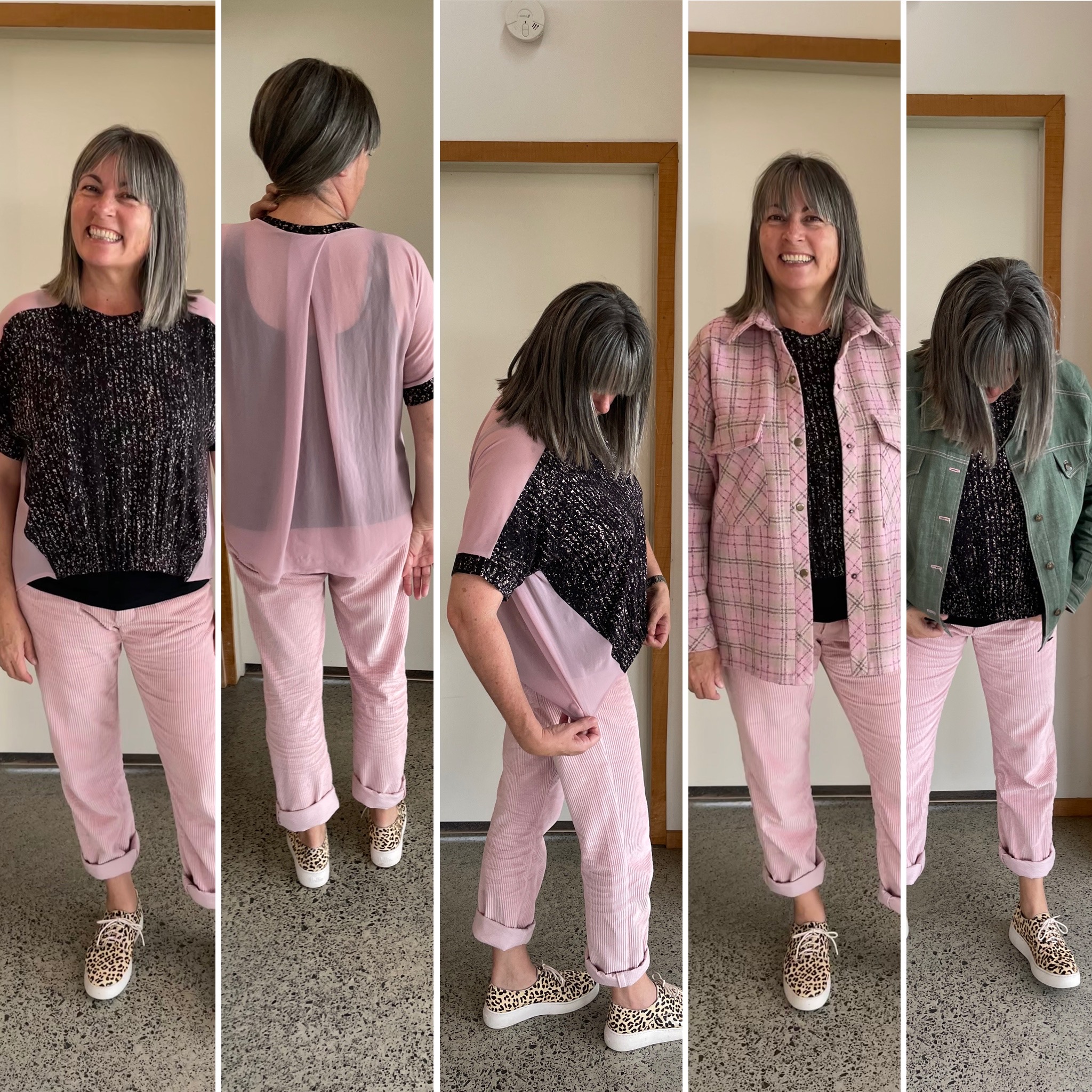Ahhh, the old fugly/muslin/toile (delete what’s not applicable). It can be such an important part of sewing, yet it gets such a bad rap.
I get the need for speed. The desire to whip up that perfect fabric ASAP. Especially with newbies. Who wants to fluff around essentially making something twice or even three times? I get the whole excitement and wanting to dive straight into making the real deal.
But let’s back up the truck a wee bit. You’ve got your good fabric (hopefully pre-washed/dried, because shrinkage peeps), and you’ve got your pattern. But if it’s a pattern you’re not familiar with, or it might need some fitting – how do you know it’s going to work? How do you know the fit is right? How do you know if the look is right on you? Sewing your wardrobe isn’t like rocking into a shop and trying before you buy. You spend hours (and hours) making something and then, ugh! It doesn’t fit. Or meh! it doesn’t quite suit you. Or you really mucked up that new to you technique and it looks, well – homemade (we want it to look well made, not home made – we want peeps to ask ‘where did you buy that?’). You’ve wasted your money, your good fabric and your time. And there could even be tears & tantrums (and no tiaras).
I do have good news, not everything needs to be fuglied. If it’s a style you know works for you, or if it’s something that has plenty of positive ease, you’ll absolutely get away with cutting into the good stuff.
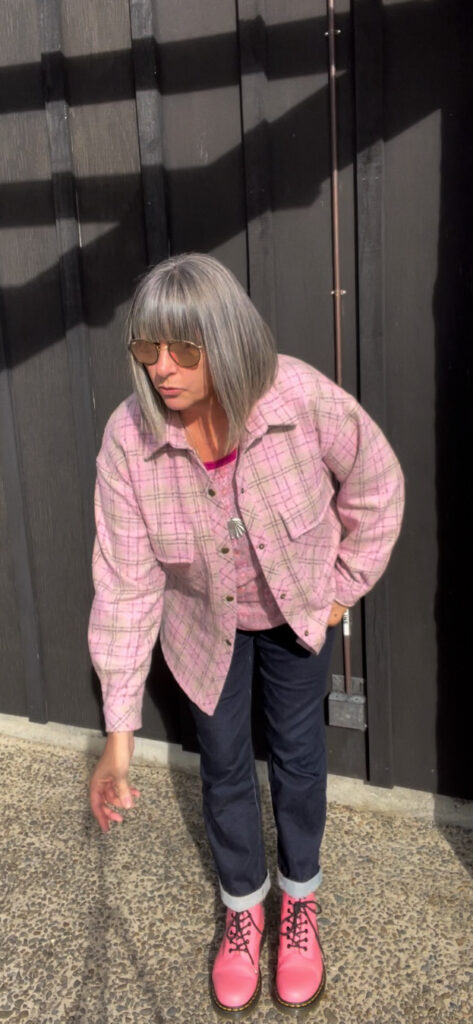
My Carter Shacket, I choose not to fugly due to how much positive ease this pattern has
Believe me when I say I am speaking from a place of experience. I used to be a bit rip, s**t n bust and always dived in. I never prewashed my fabric either. Ugh! I really wish I could go back in time and tell younger me what I know now. The number of failures I had were huge. I remember making this amazing black n white dress – I loved it, then I washed it – and it shrunk, majorly- and the black dye ran all through the white. I was gutted! I also remember making a gorgeous floral dress – it was fitted through the bodice with a flared skirt. It was so tight through the midriff I couldn’t actually breath when I sat down ?. I think I wore it once. It was silk, and the fabric cost me a bomb!
I quite often get more experienced Sewsters who want to come along to the Studio ‘so they can get better’. Sometimes/often this is to do with past fitting issues and they’re not sure how to get around them. I always recommend we start with a fugly. Their faces just drop, often their eyes roll into the back of their heads lol. It’s a serious battle to get them to see the logic behind whipping up a fugly. If the resistance is strong (and it usually is), I ask them how they think they’re going to improve the fit of a pattern if we don’t make a test garment first. Why risk your good fabric that may have cost you $20 to $40 or more a meter. Why not use a cheaper fabric (calico is cheap and easy to work with, but more on that later) to work towards a better fitting garment. And fuglies can be super quick to whip up. I just made a pair of dawn jeans (which I love). I made two fuglies in calico. Each one took less than two hours from start to finish. You don’t need to make the entire garment, nor do you need to do all the finishing details like pockets, topstitching, facings etc. For my dawns, I just cut out the front & back pieces (including the yoke) and the fly pieces. I cut the fly pieces as Megan’s construction for the fly was different to what I’ve been used to whipping up and I wanted to practice first. For my first fugly I made a size 12 and the tapered leg option. The size I could’ve gotten away with – but the tapered look was not what I was going for. I was pretty sure before fuglying them, the tapered leg was going to be perfect. The 2nd fugly I went up a size to 14 and used the straight leg option – and they were exactly what I had in my head. I was then able to see that I needed to do a flat butt adjustment to get rid of a bit of excess fabric from the back thighs, and I needed to lower the height of the waist (I added extra height thinking I needed it). The fly was super easy to construct, and I had the confidence of knowing this before making up the good stuff.
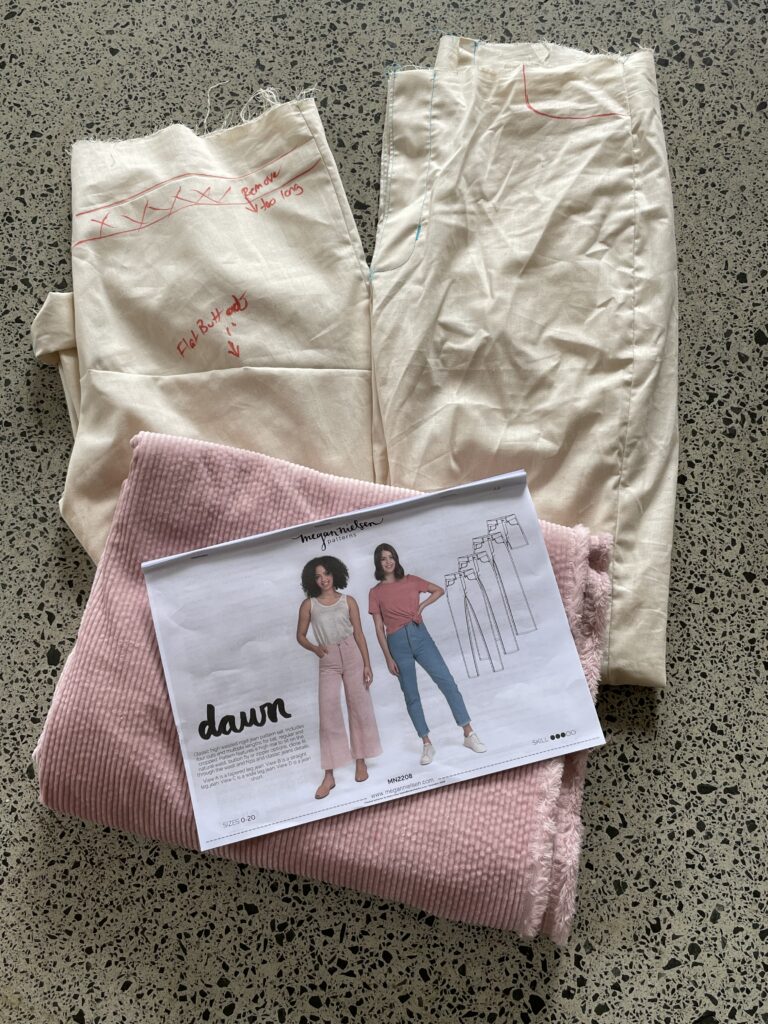
I made two fuglies from calico to get the fit/style correct on my dawn jeans. Each pair took less than two hours to whip up. So worth it to get the fit I wanted without risking my precious corduroy.
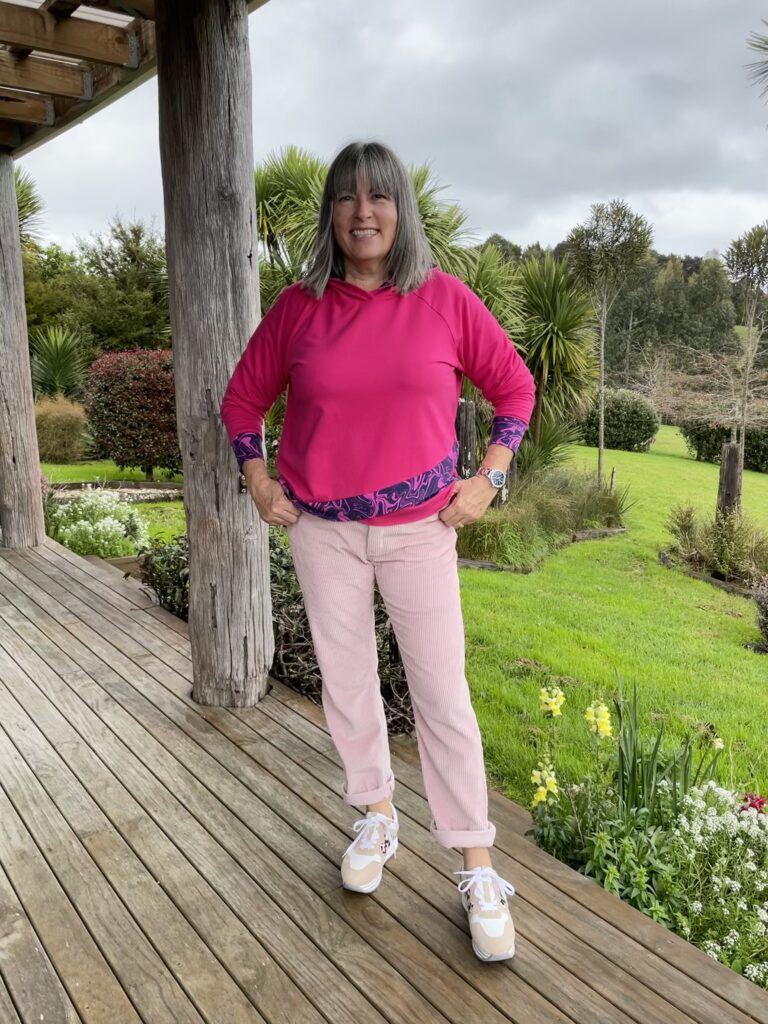
Dawn jeans, exactly how I wanted them to look. It was absolutely worth the time doing fuglies
Let’s talk fugly fabric. You can use old sheets, calico, old garments that were going to be tossed out, your scraps of fabric (we call these Frankensteins), fabric you can buy super cheap at sales, or fabric swaps. You can use fabric to make a wearable fugly – if it turns out ok you get an extra garment, if it doesn’t turn out you haven’t sacficed the good stuff. Most of us have fabric we bought with good intentions, maybe even a project in mind and haven’t actually used – this stuff makes great wearable fuglies. I have fabric from last century that hasn’t been used yet ?. After all, we liked it enough to buy it at some stage. Bear in mind that it’s best to use fabric that is similar to the fabric you’ll be making up for real. Especially when it comes to a stretch woven pattern (you can’t use non stretch fabric to test a stretch fabric fit – try saying that 5 times fast ?). And stretch denim jean patterns, you really need to fugly in stretch denim.
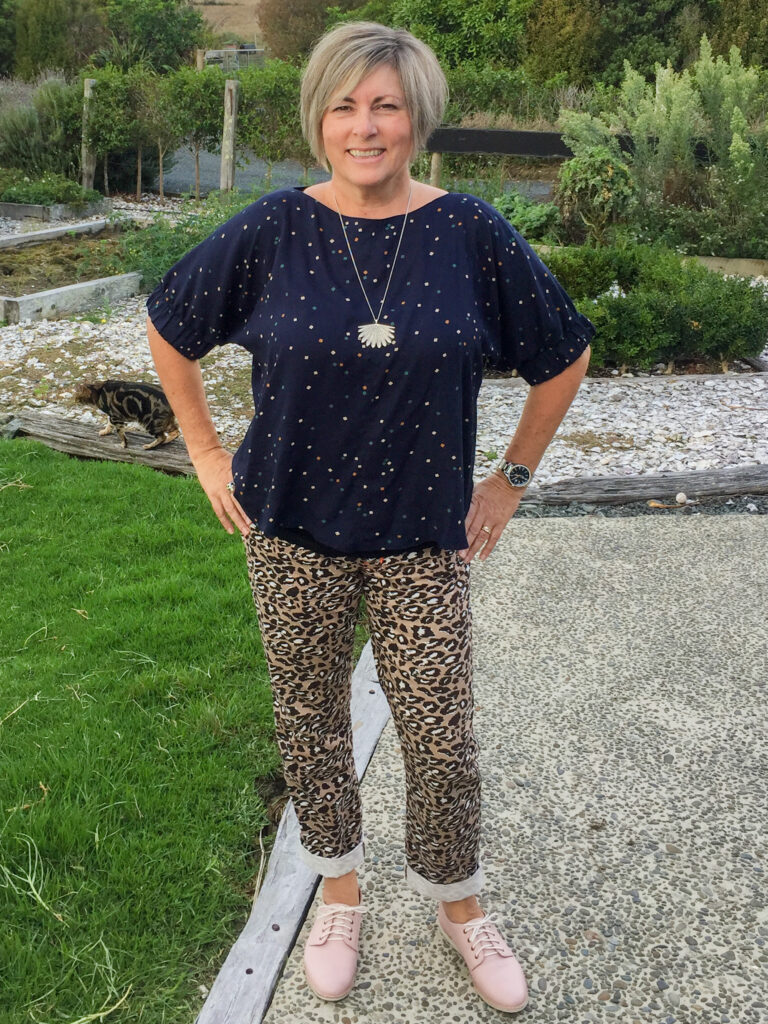
My wearable Morgan Jeans fugly, made in early 2019 and still worn to this day
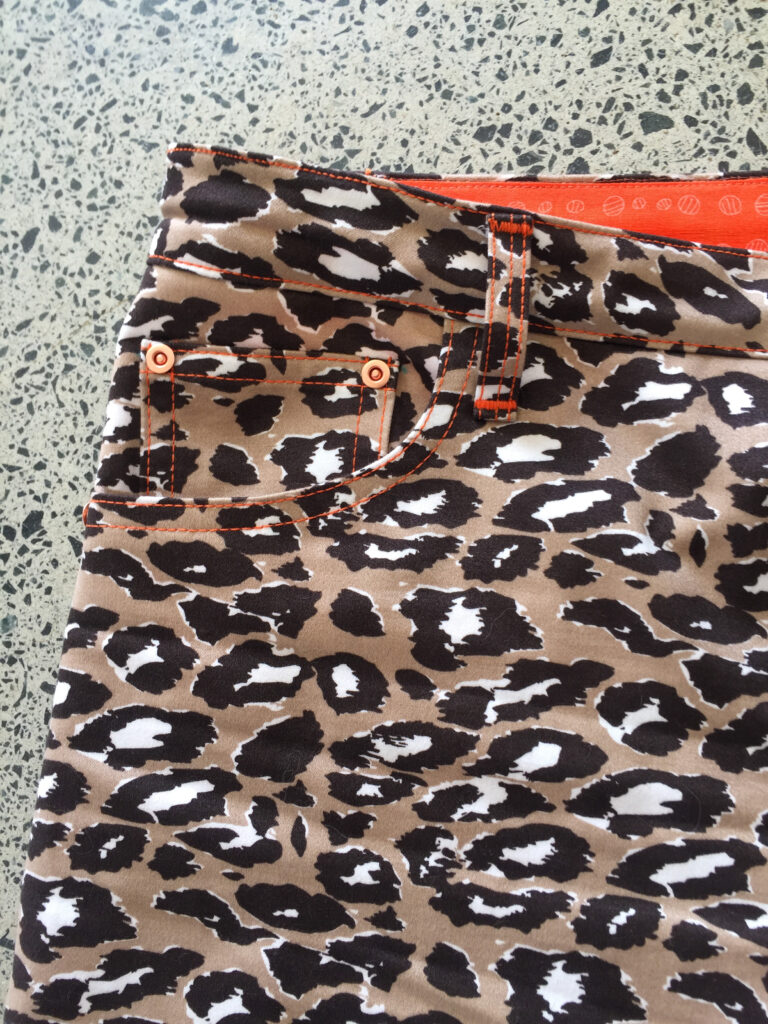
Often when I fugly pants, I just make shorts (unless I need to check the length/lower leg). I did this for my first pair of Morgan Jeans back in 2019. I chose the size based on my hips, the fugly showed I needed to do a full tummy adjustment and a flat butt adjustment (ironic that I have to take fabric from the back and add it to the front lol). Then I dived into making a wearable fugly to test the adjustments I had made. I used a crazy, cheap fabric. Even though it was cheap, I still liked it and hoped they would turn out. They turned out fabbo, and I still wear them to this day. When I made my Morgan’s up in my precious mustard cone mills denim, I had every confidence they were going to work out exactly as I wanted them to.
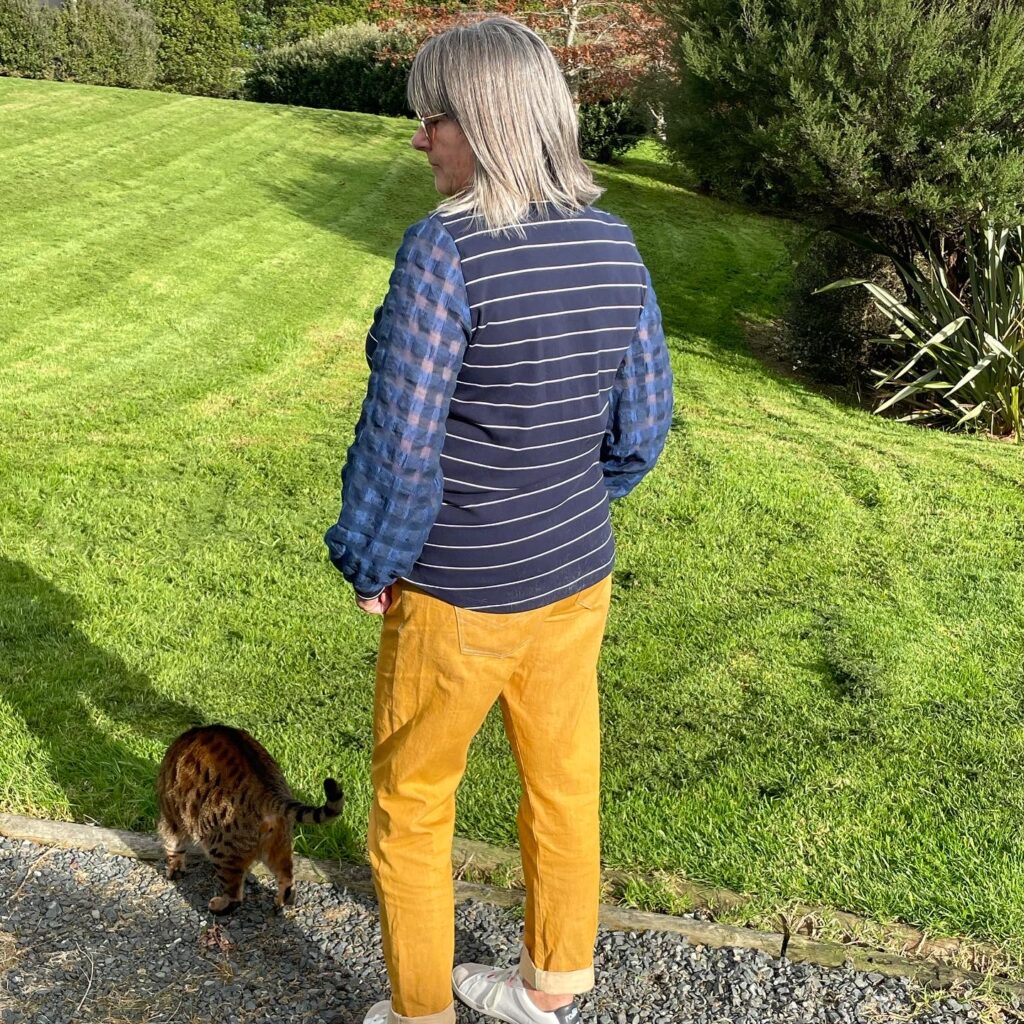
My Morgan’s made up in the good stuff, Cone Mills Denim
I had an absolute beginner do a course through the studio. Her style was 50’s/60’s and she loved dresses. For her 2nd garment, she chose the Jennifer Lauren Laneway dress. It’s a fitted bodice with a flared skirt, with darts, pleats and an invisible zip. I suggested she make a fugly first, she agreed, without hesitation – woohoo! We used calico, and didn’t bother with facings, just the main pieces. We chose her size based on her bust. Any necessary adjustments we’d figure out when the fugly was made. She learnt how to do darts, pleats, put in a zip, work out fit issues and how the pattern went together, all before she cut into her good fabric. And her real dress turned out amazing (I’m still kicking myself for not getting a photo, I always forget the photos ?♀️). She was super confident by the time she got to the real deal, and it relieved so much stress for her.
I have had plenty of Sewsters through the Studio who absolutely refuse to do fuglies when recommended and the disappointment is real when the result is less than ideal. And yes, there have been tears. We don’t want tears. And there are others who totally embrace the process. And some are starting to come around to the benefits.
So rethink the fugly. Don’t think of it as a chore or a bore. Think about it as part of the process.
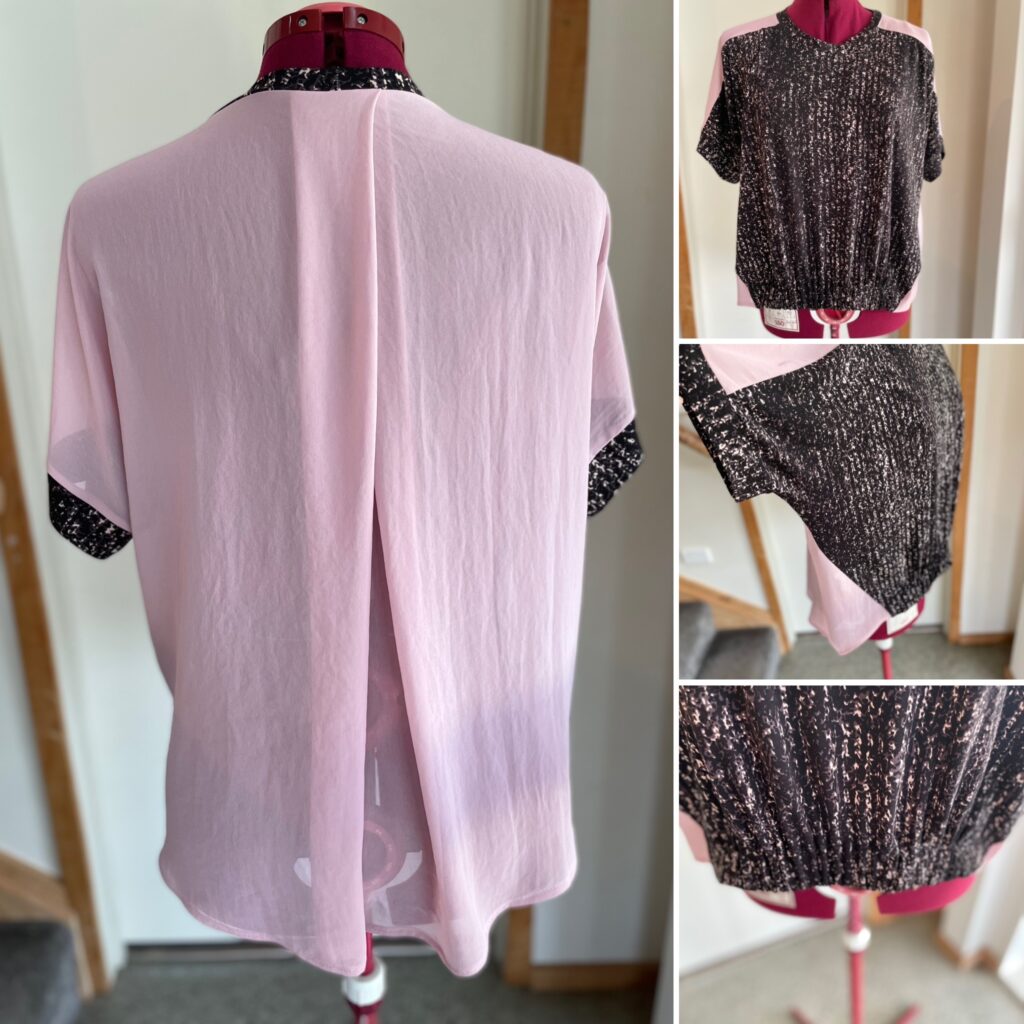
This is a wearable fugly. Sometimes they turn out so good, you almost don’t need to make it up in the good stuff.

